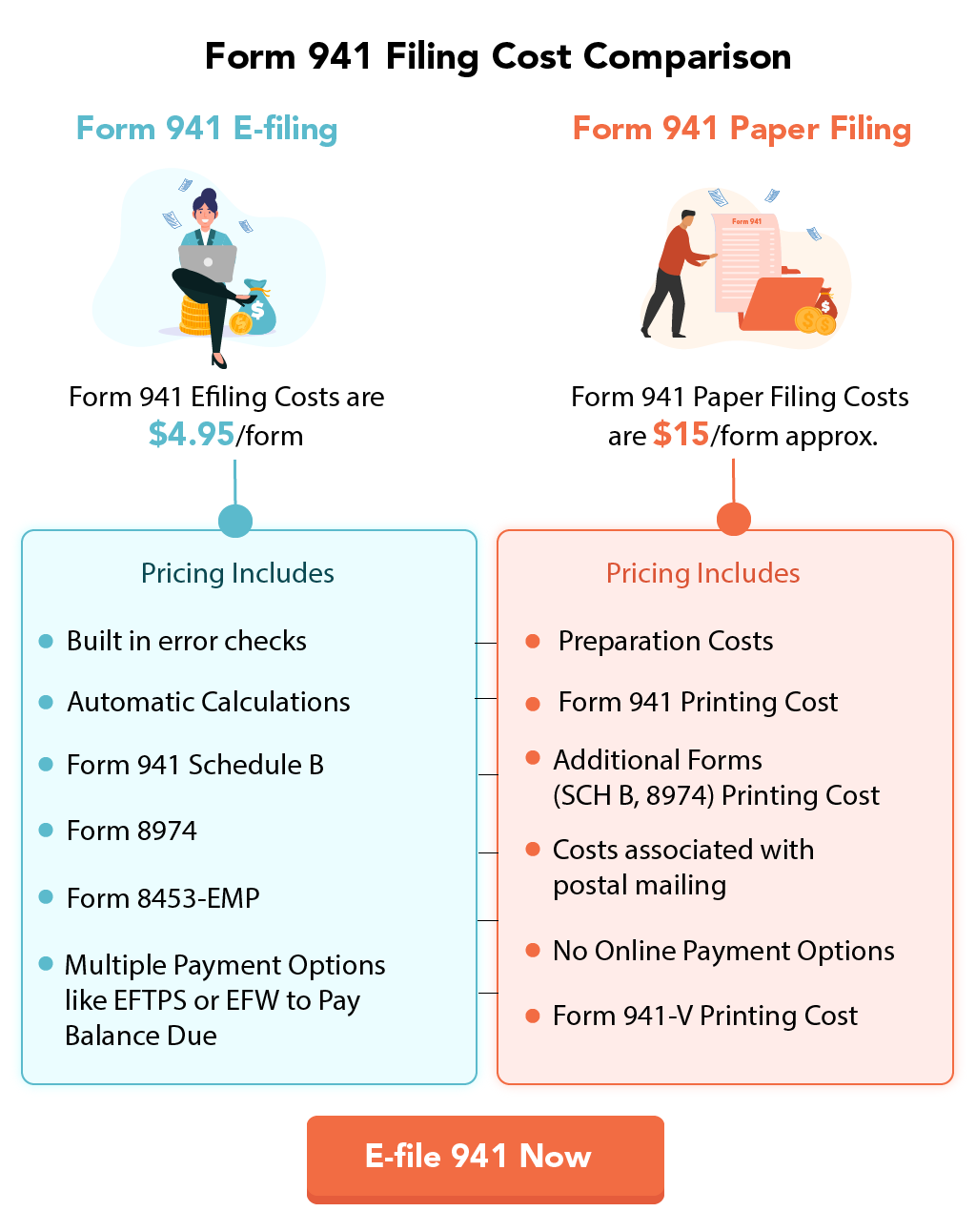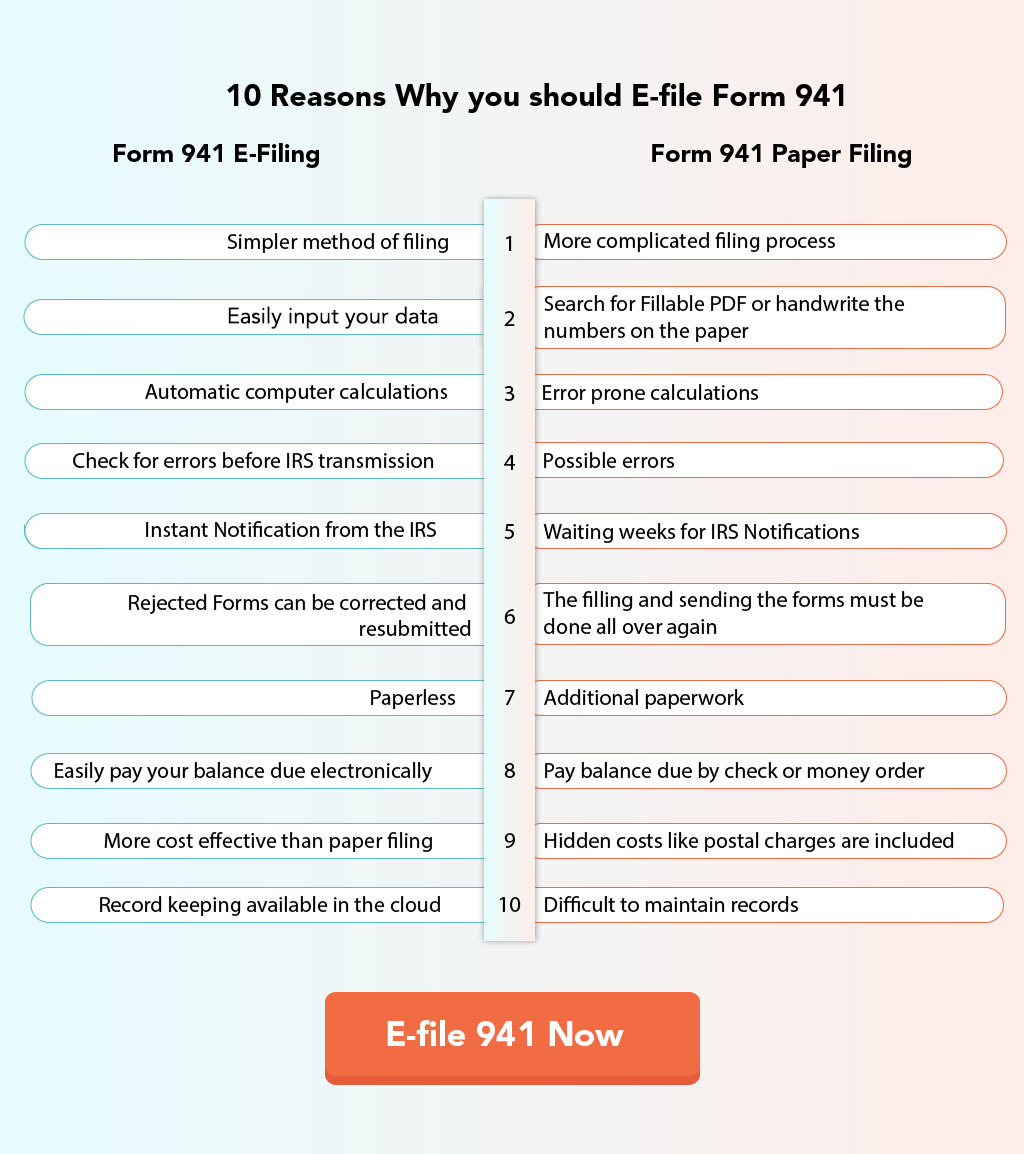Form 1099-PATR: Taxable Distributions Received From Cooperatives
Cooperatives must file Form 1099-PATR, Taxable Distributions Received from Cooperatives, for any member who received patronage dividends or other reportable distributions. This article covers the essentials of Form 1099-PATR, its filing requirements, deadlines, and more.
Table of Contents:
- What is Form 1099-PATR?
- Who needs to file Form 1099-PATR?
- Are all cooperatives required to file Form 1099-PATR?
- Are there any exceptions to filing Form 1099-PATR?
- Information required to E-file Form 1099-PATR
- What are the different copies of Form 1099-PATR?
- When is the deadline to file Form 1099-PATR?
- What is the extension for Form 1099-PATR?
- How do you request an extension for filing Form 1099-PATR?
- How to File 1099-PATR electronically?
Key Takeaways About Form 1099-PATR
- Form 1099-PATR reports taxable patronage dividends and other distributions paid by cooperatives to their members.
- Any cooperative that pays $10 or more in patronage dividends or qualifying distributions or withholds federal income tax under backup withholding rules must file Form 1099-PATR.
- March 31st is the deadline to e-file 1099-PATR with the IRS, and January 31st is the deadline to distribute recipient copies.
- Cooperatives filing 10 or more 1099-PATR forms must file them electronically.
What is Form 1099-PATR?
Form 1099-PATR, Taxable Distributions Received from Cooperatives, is an IRS form used to report taxable patronage dividends and other distributions paid by cooperatives to their members. You must file this form with the IRS and provide a copy to the recipient. This form is also used to report:
- Per-unit retain allocations
- Other distributions described in section 6044(b)
- Any federal income tax withheld under backup withholding rules
Who needs to file Form 1099-PATR?
Any cooperative that pays at least $10 in patronage dividends or other qualifying distributions under section 6044(b) must file Form 1099-PATR. Additionally, if you withhold federal income tax under backup withholding rules, you must file the form regardless of the payment amount.
Patronage Dividend:
A patronage dividend, also known as a patronage refund, is a distribution you provide to your members or investors as a cooperative. If your business generates a profit, you can choose to distribute a portion of it among your members. Once you determine the profit, you calculate the share for each individual or investor based on their participation in your cooperative’s services.
Are all cooperatives required to file Form 1099-PATR?
No. A cooperative primarily engaged in retail selling goods or services for members' personal, living, or family use may apply for an exemption from filing using Form 3491 (Consumer Cooperative Exemption Application).
Are there any exceptions to filing Form 1099-PATR?
Yes, cooperatives are generally not required to file Form 1099-PATR for payments made to:
- Corporations
- Tax-exempt organizations (including tax-exempt trusts such as HSAs, Archer MSAs, and Coverdell ESAs)
- The United States government
- States, U.S. possessions, or the District of Columbia
Information required to E-file Form 1099-PATR
To successfully e-file Form 1099-PATR, it is important to know the accurate details about the payer (cooperative) and the recipient (patron) and the amounts reported in each box. Here’s a detailed and easy-to-understand explanation of each field on Form 1099-PATR:
| Field | Description |
|---|---|
|
PAYER’S Name and Address |
Enter the payer’s name, street address, city, state/province, country, ZIP or foreign postal code, and telephone number. |
|
PAYER’S TIN |
Taxpayer Identification Number (TIN) of the payer (cooperative). |
|
RECIPIENT’S Name and Address |
Enter the recipient’s name, street address, city, state/province, country, and ZIP or foreign postal code. |
|
RECIPIENT’S TIN |
Taxpayer Identification Number (TIN) of the recipient (patron). |
|
Account Number |
Required if filing multiple Forms 1099-PATR for the same recipient. The IRS encourages assigning an account number to all forms. |
|
Box 1: Patronage Dividends |
Enter the patron’s share of total patronage dividends paid in cash, qualified written notices of allocation, or other property (excluding nonqualified notices). |
|
Box 2: Nonpatronage Distributions |
For farmers' cooperatives exempt under section 521, report payments in cash, qualified notices, or other property based on nonpatronage earnings. |
|
Box 3: Per-Unit Retain Allocations |
Enter the patron’s share of total per-unit retain allocations paid in cash, qualified certificates, or other property (excluding nonqualified certificates). |
|
Box 4: Federal Income Tax Withheld |
Report any backup withholding applied to patronage payments for recipients who failed to provide a valid TIN. |
|
Box 5: Redeemed Nonqualified Notices |
Enter the amount of redeemed nonqualified written notices and per-unit retain certificates paid as patronage dividends or per-unit retain allocations. |
|
Box 6: Section 199A(g) Deduction |
For specified agricultural/horticultural cooperatives, enter section 199A(g) deduction passed through to patrons (must be designated in a written notice). |
|
Box 7: Qualified Payments |
For specified agricultural/horticultural cooperatives, report qualified payments made to the patron, regardless of section 199A(g) deduction pass-through. |
|
Box 9: Section 199A(a) SSTB Items |
Report qualified items from an SSTB (e.g., health, law, accounting services) for section 199A purposes. |
|
Box 10: Investment Credit |
Enter the patron’s share of the total investment credit. |
|
Box 11: Work Opportunity Credit |
Enter the patron’s share of the total work opportunity credit. |
|
Box 12: Other Credits and Deductions |
This box reports any credits or deductions such as the empowerment zone employment credit, low sulfur diesel fuel production credit, small employer health insurance premiums credit, etc. |
|
Box 13: Specified Cooperatives |
Check this box, which indicates that the information being reported is from a specified agricultural or horticultural cooperative, which qualifies for the special provisions of Section 199A(g). |
What are the different copies of Form 1099-PATR?
Form 1099-PATR has several copies, each serving a specific purpose:
- Copy A: This copy must be filed with the IRS.
- Copy B: This copy is for the recipient and must be provided by January 31.
- Copy C: This copy is for the payer, and it is for recordkeeping purposes.
Distributing these copies appropriately is essential to avoid penalties or sanctions for incorrect or late filing.
When is the deadline to file Form 1099-PATR?
The deadline for submitting Form 1099-PATR to the IRS is outlined as follows:
- January 31: Provide the Recipient Copy (Copy B) to the designated recipient.
- February 28: Submit Copy A to the IRS for paper filing
- March 31: Submit Copy A to the IRS for electronic filing.
What is the penalty for not filing Form 1099-PATR?
If you fail to file and furnish Form 1099-PATR within the specified deadlines, the IRS will impose penalties ranging between $60 and $660, depending on your business size and the delayed period. The key to avoiding IRS penalties is filing on time with accurate information.
Click here to learn more about the 1099-PATR penalties.
How do you request an extension for filing Form 1099-PATR?
To request an extension for filing Form 1099-PATR, follow these steps:
- File Form 8809: Submit Form 8809 (Application for Extension of Time to File Information Returns) to the IRS by the original due date. If accepted, this grants a 30-day extension to file Form 1099-PATR with the IRS.
- File Form 15397: To request an extension for providing recipient copies, submit Form 15397(Application for Extension of Time to File Information Returns) by the original due date. If accepted, this provides an additional 30 days to furnish copies of Form 1099-PATR to recipients.
How to File 1099-PATR electronically?
With TaxBandits, you can e-file Form 1099-PATR in minutes. Just follow these simple steps:
- Step 1: Enter the Form 1099-PATR details
- Step 2: Review the Form 1099-PATR details for accuracy
- Step 3: Transmit the form to the IRS and State
- Step 4: Distribute the recipient copy (via postal mail or online access)
Once submitted, your Form 1099-PATR will be transmitted to the IRS and the state agency, and you'll receive an instant notification when it's either accepted or rejected.
Related Topics
Helpful Resource for Form 1099
Form 1099 Correction
Form 1099 Penalty
7 Reasons to Choose TaxBandits
Success Starts with TaxBandits
An IRS Authorized E-file provider you can trust

